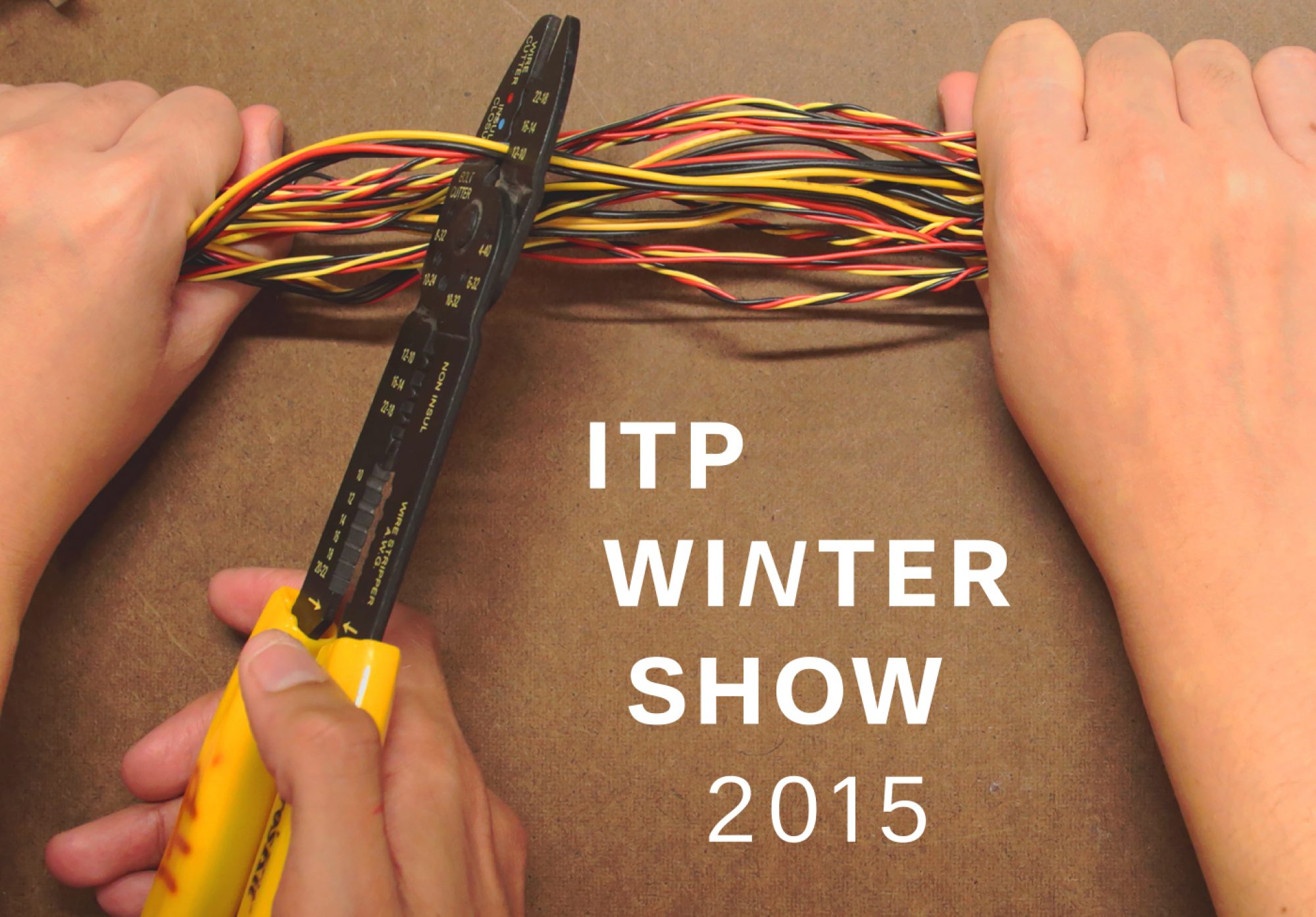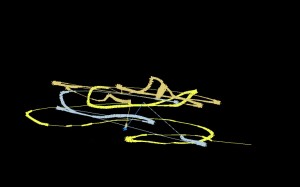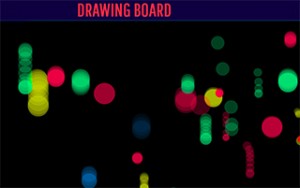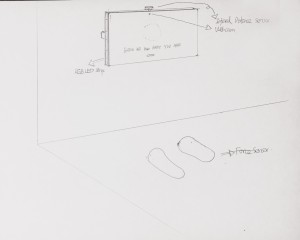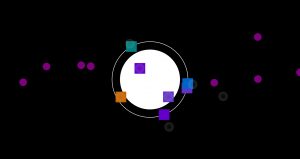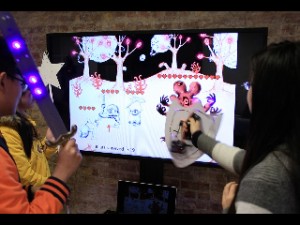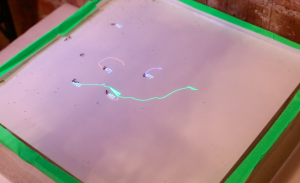Wangshu Sun, Yue Zhang, FY Zhu
BoomChaCha! is a physical musical role-playing game where three players will fight together against monsters.
http://bit.ly/BoomChaCha
Description
About BoomChaCha!
This is a physical musical role-playing game(RPG) where three players will fight together against monsters, with magical weapons in their hands.
Basically there is a warrior attacking the monster, a defender defending all of the three, and a mage healing all of the three. The three characters share the same life so they will get hurt or get healed for the same amount of health.
Unlike most of the RPG games, BoomChaCha! is musical. This means it is always better to follow the rhythm while playing. There's always a “Boom Cha Cha, boom cha cha” six-beat pattern repeating itself in the 6/8 background music, which creates a feeling of dancing party rather than a dangerous fight. During the first three “Boom Cha Cha”, you can do attacking, defending or healing by hitting the first “Boom” with the physical sword, shield or wand, and the effects will be executed in the next three “boom cha cha”. That is to say, if the warrior hits the first “Boom” beat, an attack will be executed in the next “boom cha cha”; if the defender/mage hits the first “Boom” beat, the next “boom” it will start defending/healing all the characters.
Since our aim is to invite people to play together, acting cooperatively should get better results than doing alone, so we designed an “assistance” logic with the “Cha Cha” beats. That is to day, if the warrior hits the “Boom” followed by the other two hitting the next two “Cha”, “Cha” beats, you will get a huge attack-power bonus and can kill the monster fast without getting too much damage. The same applies to the mage and the defender.The more assists, the better effects the players will get. Better results are also granted by the better timings of you three hitting the first three “Boom Cha Cha” in the six-beat patterns in the music.
At the beginning you will be in a practice mode to learn how to play. When you think your are ready, you can enter the fighting mode and the monster will start attacking you. Try to kill him fast and prepare a defend before his attack, and during the gap after you kill a monster, it’s a good time for you to get healed.
In all, if you want to survive and thrive, follow the beats and dancing together!
Classes
Introduction to Computational Media, Introduction to Physical Computing, Introduction to Physical Computing
